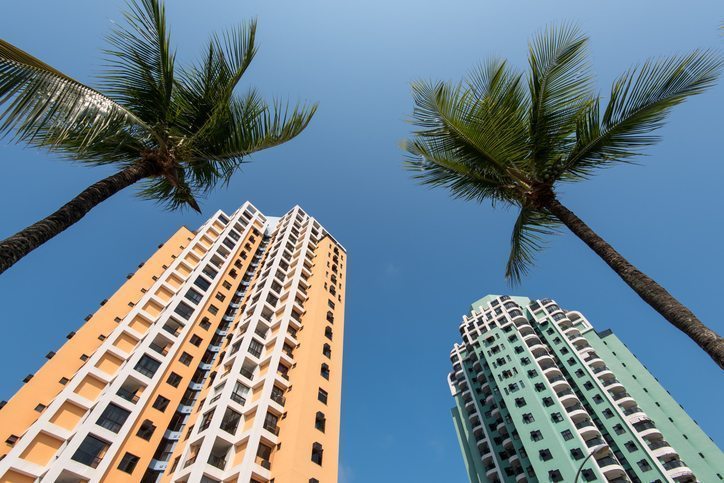
Question: Our condo board wants to remove 44 mature Foxtail palms that shade the courtyards of our 22 coach home buildings. They claim their roots threaten the sidewalk pavers, but there are low cost solutions to address that concern. The board also raises a concern regarding the palm fronds touching the roofs, but that is easily remedied by trimming the trees, which has been done before successfully. The palms are a beautiful amenity that we all paid for initially and which many people love. Six large upstairs windows look out on these lovely trees that also prevent the courtyards from becoming hot-house ovens in summer. Is an owner vote required to take down these trees and, if so, what percentage is needed for removal of these trees? R.W. via e-mail
Answer: The answer to your question will depend on several factors, including the language contained within the governing documents and whether the threat posed by the trees to the condominium property necessitates removal. Whether the removal of trees rises to the level of a “material alteration” to the common elements requires a fact-specific analysis.
Disputes regarding a condominium association board’s authority with respect to common element alterations are adjudicated in the State’s mandatory non-binding arbitration program. There have been a number of arbitration decisions dealing specifically with landscaping changes, but no bright line rule has been established. In one case, the arbitrator noted that “when a tree is removed, the essential nature of the common elements is changed, which in turn may constitute an alteration of those common elements (whether material or not will turn on the facts in a particular case).”
In a different case, the arbitrator ruled that changes in landscaping may have altered the common elements somewhat, but that such alterations fell within the “business judgment” of the board. The arbitrator held that the removal of “some” shrubs and the planting of “some” new plantings did not “materially” alter the common elements. The arbitrator further noted that where the removal of a large number of trees, bushes, and shrubs could not be justified as part of the association’s duty to maintain, repair and replace the common elements, the removal (without any re-planting) could result in a material alteration to the common elements.
Given the large number of trees your condominium association is considering removing, it is possible that the material alteration rule could be triggered. Then the specific language of your governing documents will need to be reviewed to determine whether the board has the authority to approve material alterations or whether a certain percentage of unit owner approval is required to approve a material alteration.
You should also be aware that there are other arbitration cases which have applied a “necessary maintenance” exception to the “material alteration rule”. In these cases, arbitrators have held that board action to approve a material alteration, without first obtaining unit owner approval (as may otherwise be required in the governing documents), can be permissible if said alteration falls within a “necessary maintenance” exception. In other words, if the removal of all these trees is necessary to preserve and protect the condominium property, the arbitrator held that the board has the authority to take this action even if it otherwise would be considered a material alteration.






Recent Comments